
99% of people will throw away these 6 fruit peels when eating, but will regret it when they know their benefits
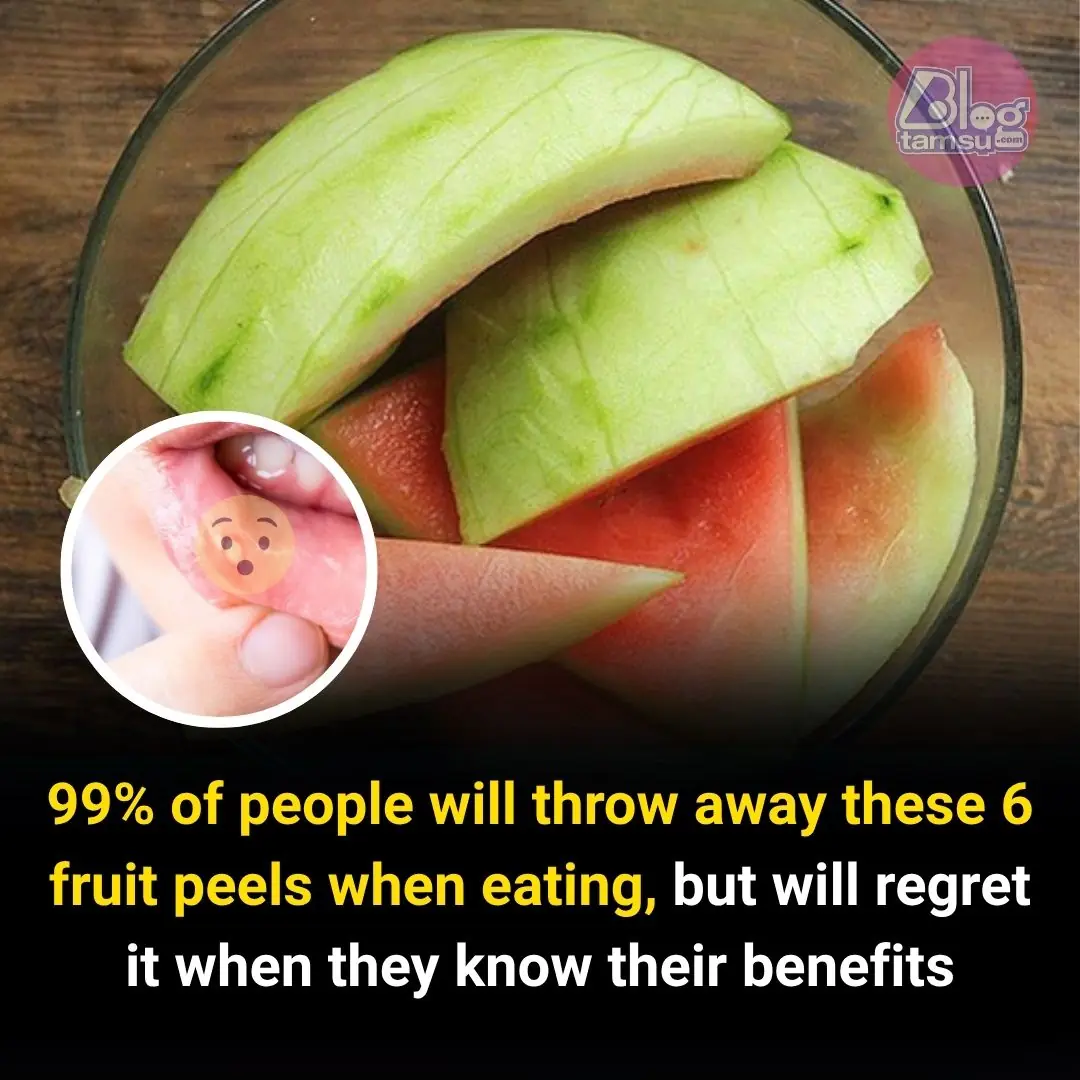
Many people often throw away fruit peels when eating. However, they do not know that the peels of certain fruits actually have highly effective healing properties.
1. Banana Peel
Banana peel contains components that help relieve itchy skin caused by fungal and bacterial infections. Rubbing banana peel on hands and feet can prevent cracks and frostbite. Drying banana peels and grinding them into powder also provides a great natural skincare method. In addition, banana peel can help treat high blood pressure and prevent cerebral hemorrhage.
People should know that banana peels contain more fiber and potassium than the flesh inside. At the same time, lutein – a powerful antioxidant found in banana peel – plays an important role in maintaining eye health.
An amino acid called tryptophan is also present in banana peel, which helps reduce the risk of depression by increasing serotonin levels (a neurotransmitter in the brain that affects mood).
2. Orange Peel
Orange peel contains more vitamin C, riboflavin, vitamin B6, calcium, magnesium, and potassium than the flesh inside. Flavonoids such as tangeretin and nobiletin in orange peel have anti-cancer and anti-inflammatory properties. Orange peel can also be used in a variety of delicious dishes.
Orange peel porridge is fragrant, tasty, and helps treat phlegmy coughs. Adding a few pieces of orange peel when cooking broth enhances freshness and reduces greasiness. Orange peel tea is refreshing and improves circulation. Orange peel wine nourishes the lungs and reduces phlegm. Dried orange peel slices, when brewed, warm the digestive system, improve digestion, and reduce bloating and indigestion.
3. Watermelon Rind
Watermelon rind contains sugar, minerals, and vitamins, with benefits such as cooling the body, reducing heat, and lowering blood pressure. It can be eaten in salads, stir-fries, or soups.
Research shows that most citrulline is found in watermelon rind. Citrulline has antioxidant properties and helps the body convert arginine, an amino acid vital for the heart, circulatory, and immune systems.
We can eat the white part of the rind directly or dry and roast the rind, then brew it into tea to treat inflammation, heat-related issues, and mouth ulcers effectively.
4. Apple Peel
Apple peel is rich in fiber, aiding digestion. Studies show that apple peel has higher antioxidant capacity than the flesh, even greater than many other fruits and vegetables.
Quercetin, an antioxidant mainly found in apple peel, improves lung function, reduces respiratory issues, and protects the lungs from irritants. Quercetin also helps protect brain tissue and memory.
Another compound, triterpenoid, in apple peel can inhibit or destroy certain cancer cells. In addition, ursolic acid in apple peel stimulates muscle growth, strengthens bones, and reduces the risk of obesity. Many producers have extracted compounds from apple peel for use in health supplements.
5. Grape Skin
Grape skin contains more resveratrol than grape flesh or seeds. Resveratrol lowers blood lipids, prevents thrombosis, fights arteriosclerosis, and boosts immunity. Purple grape skin flavonoids also lower blood pressure. Grape skin is rich in cellulose, pectin, and iron.
Some researchers are exploring the use of grape skin in dishes to help treat high cholesterol and diabetes.
6. Pear Peel
Pear peel has high medicinal value in traditional medicine, with benefits such as improving heart function, nourishing the lungs, cooling the body, and generating fluids. Cleaned pear peel can be chopped and steamed with rock sugar to treat cough. Most of the vitamin C in pears is concentrated in the peel. It also contains soluble fiber that helps prevent constipation and colon cancer. Adding pear peel when making kimchi at home makes it crispier and tastier.
Note of Caution
Although these fruit peels have many health benefits, one should be cautious, as they may not be as clean as expected. Farmers and sellers sometimes use chemicals for preservation or growth purposes. Consuming contaminated peels may pose health risks.
Therefore, only eat fruit peels if you are sure they are safe and clean. Regardless of whether you eat the peel or not, always wash fruit thoroughly before consuming.
News in the same category

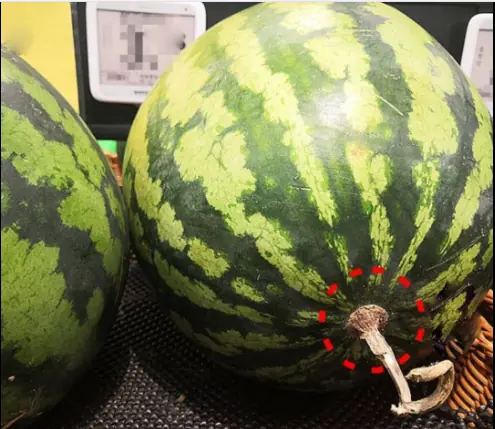
When buying watermelon, don't choose a big one.

Why Does Fish Often Smell Fishy? The Real Reason Many People Don’t Know
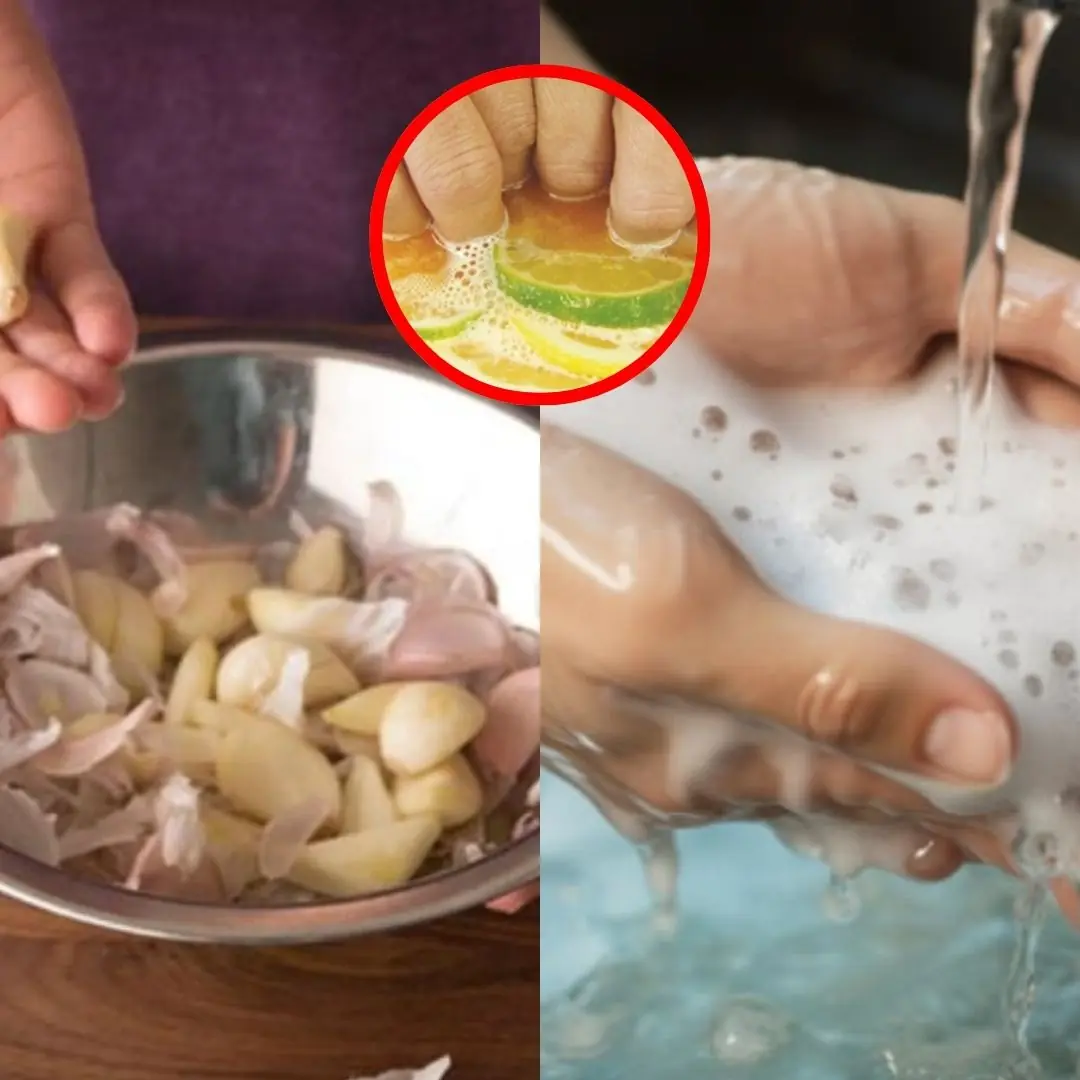
Struggling with garlic or onion smell on your hands? Try this simple trick—1 minute and it’s gone!
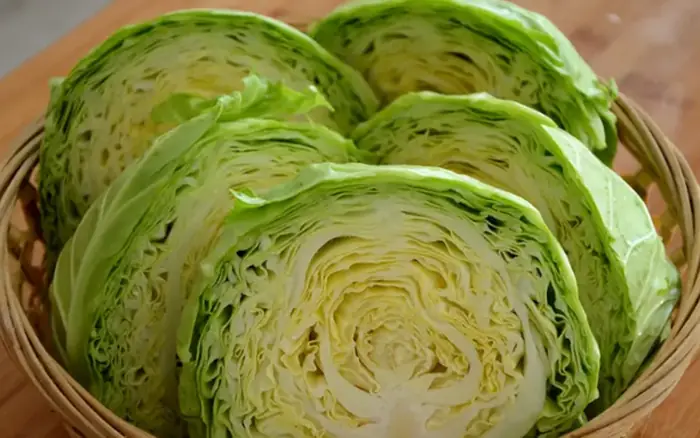
Tightly Wrapped or Loose Cabbage – Which Tastes Better?

Waking Up Between 3 And 5 AM Could Indicate a Spiritual Awakening
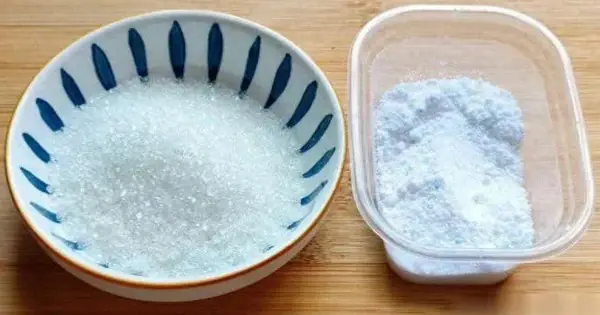
Mix White Sugar with Laundry Detergent Around the House

Today I discovered 3 super easy garlic storage hacks

Tips for using air conditioning without worry
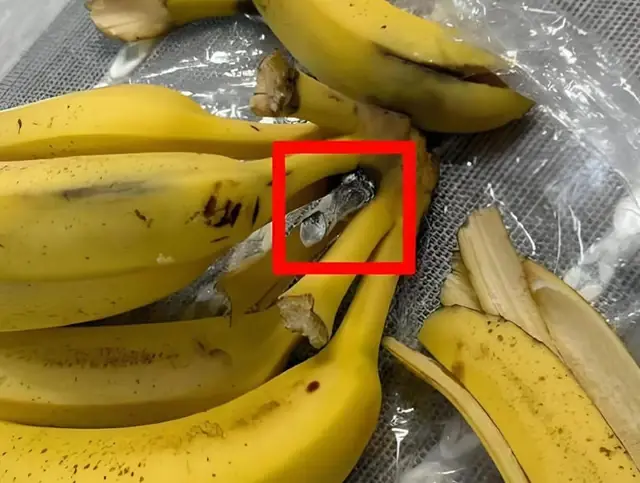
When buying bananas, if you see these 4 types, walk away immediately without hesitation!
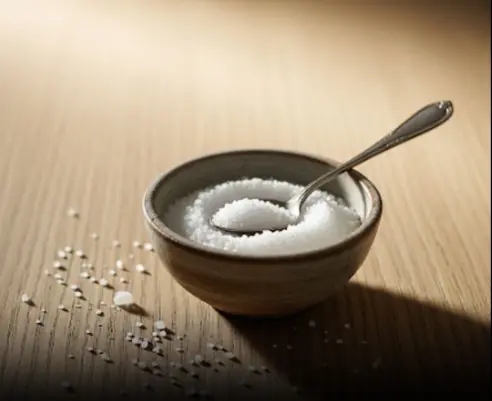
This One Superfood Could Tackle Major Health Issues—Here’s What You Need To Know

Why do women cross their legs when sitting?
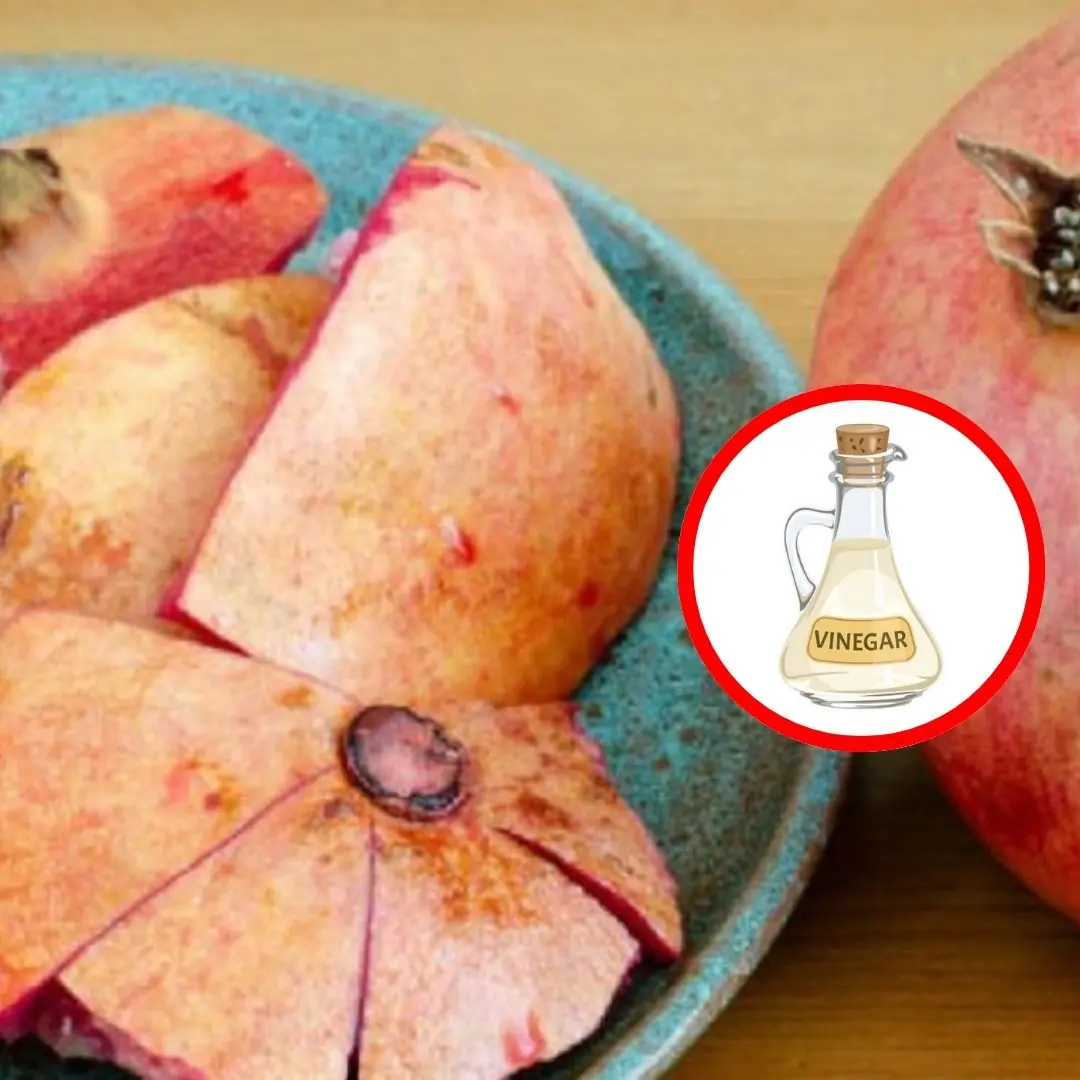
Soak Pomegranate Peel in White Vinegar – A Simple Trick That Solves Countless Household Problems
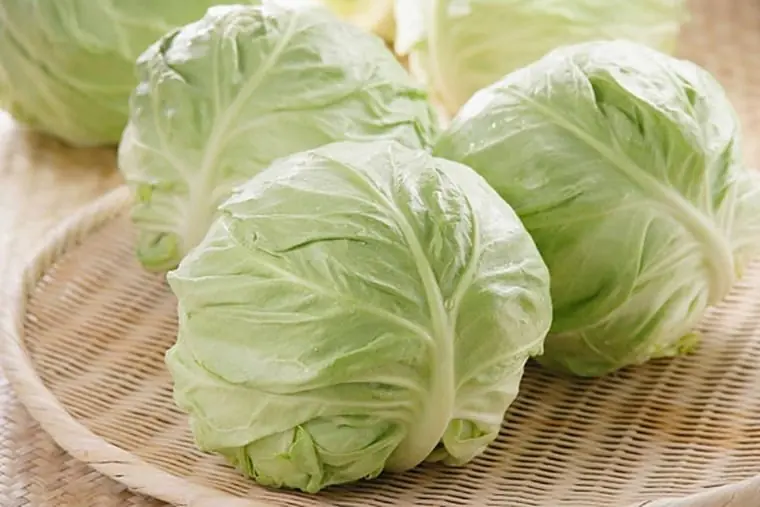
Cabbage Is Nutritious but Harmful for These 5 Groups of People
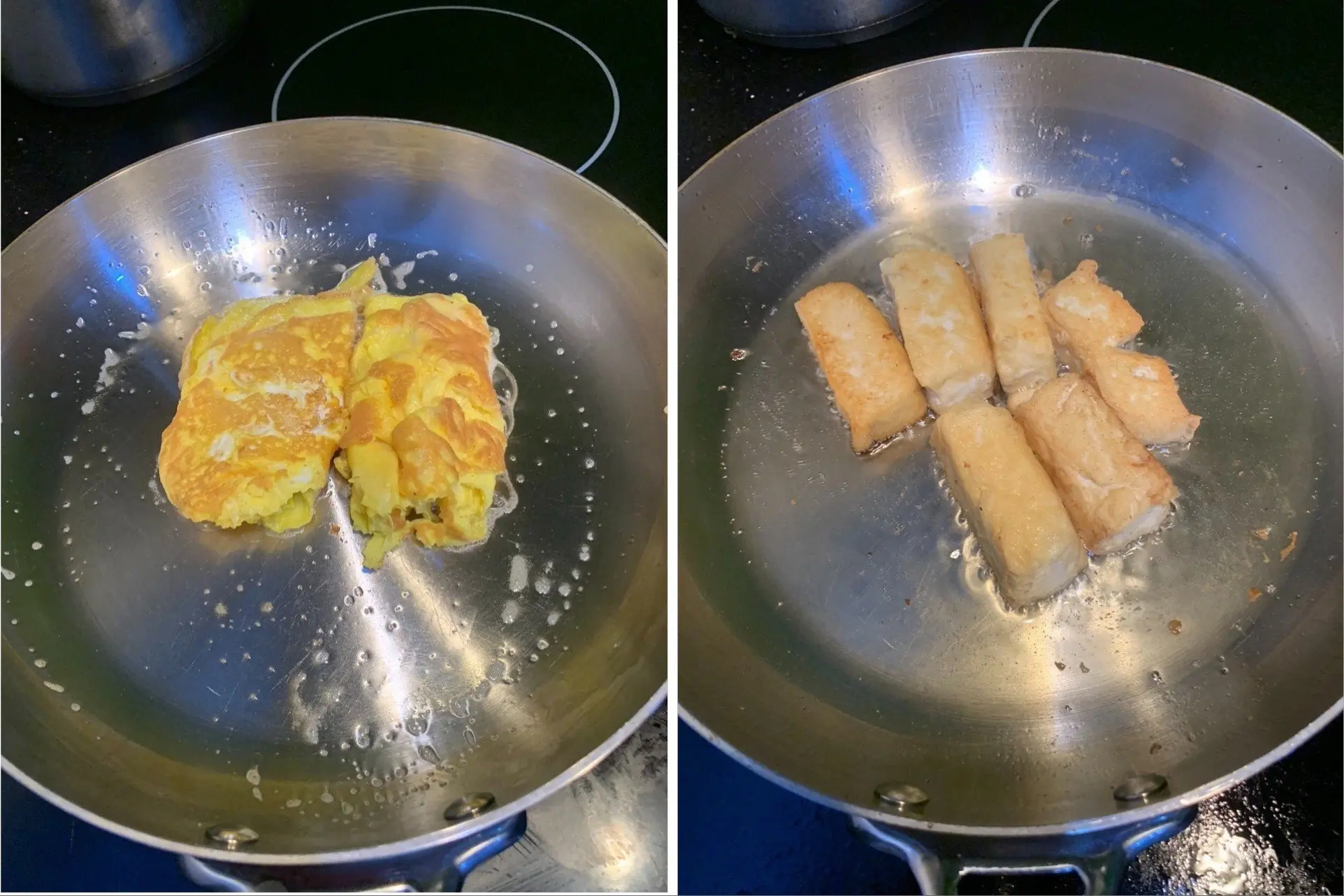
Frying Anything Without Sticking: Just Add This Liquid to the Pan

Eliminate Refrigerator Odors with Just Two Common, Cheap Items
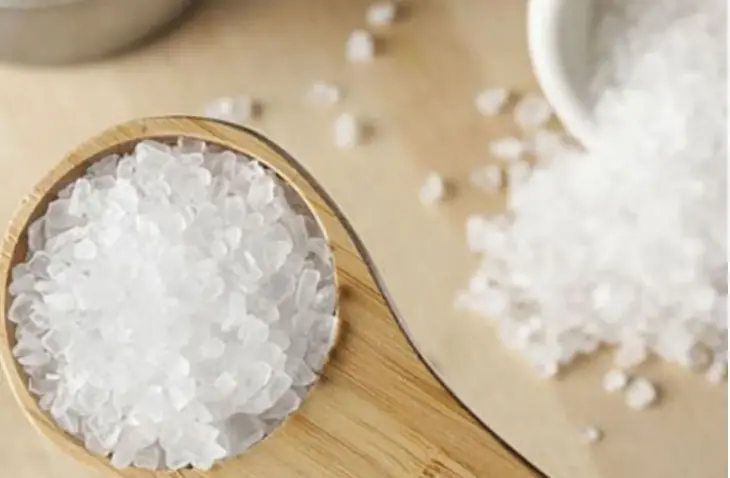
This One Superfood Could Tackle Major Health Issues—Here’s What You Need To Know

Male contraceptive pill appears to be safe without side effects in early trials

The Volume Buttons on Your iPhone Have Countless Hidden Features
News Post
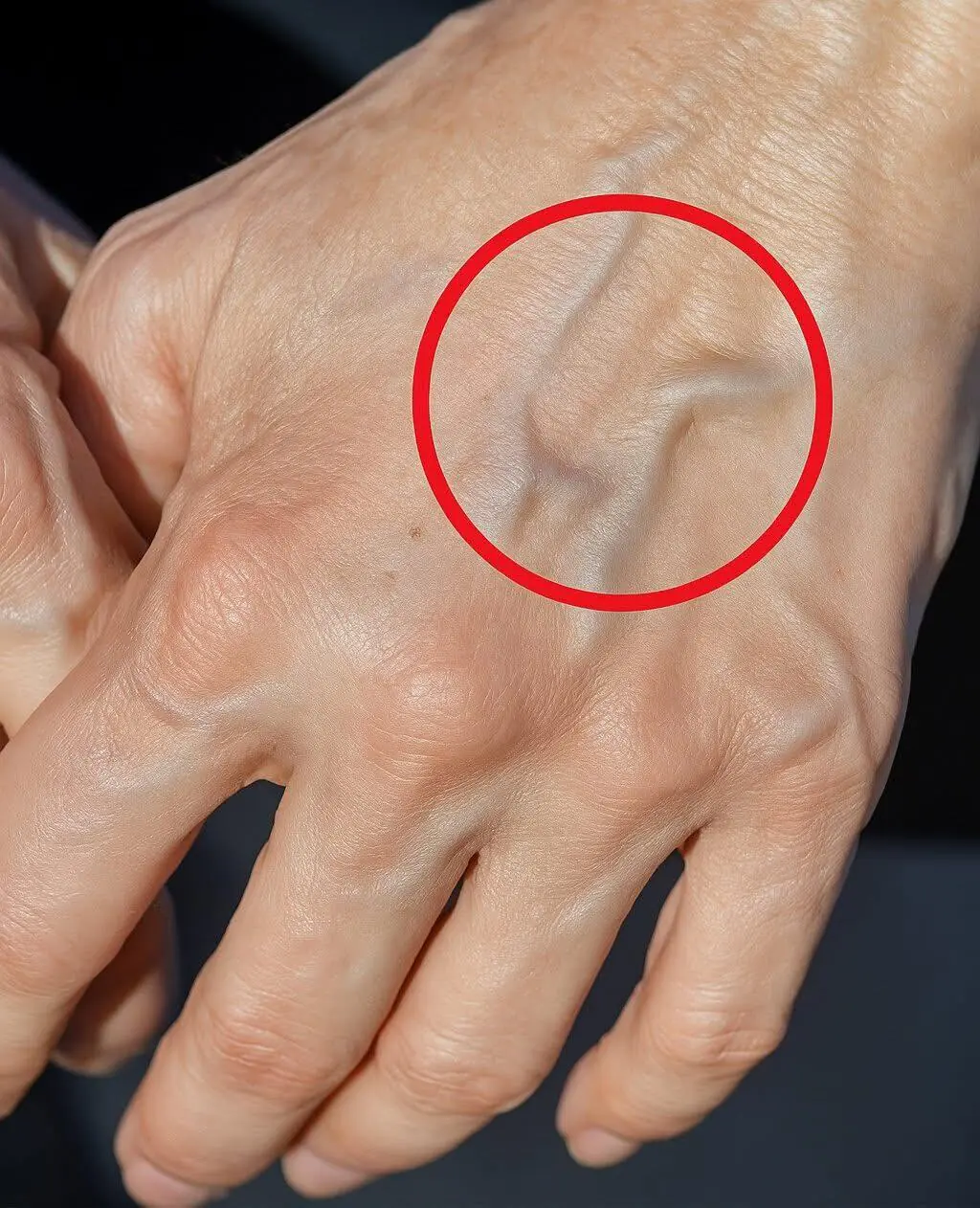
If Veins Suddenly Pop Out on Your Hands

All The Things You Need to Know About Nighttime Urination And When To Start Worrying

Don’t Throw Out Old Dish Sponges

When buying watermelon, don't choose a big one.

If You See Pork with These 4 Signs at the Market, Don’t Buy It No Matter How Cheap

Why Does Fish Often Smell Fishy? The Real Reason Many People Don’t Know

Ever noticed a greenish ring around an egg yolk? The explanation might surprise you...

Umbilical Hernia: Causes, Symptoms and Treatment

What happens if the gastric balloon bur.sts?
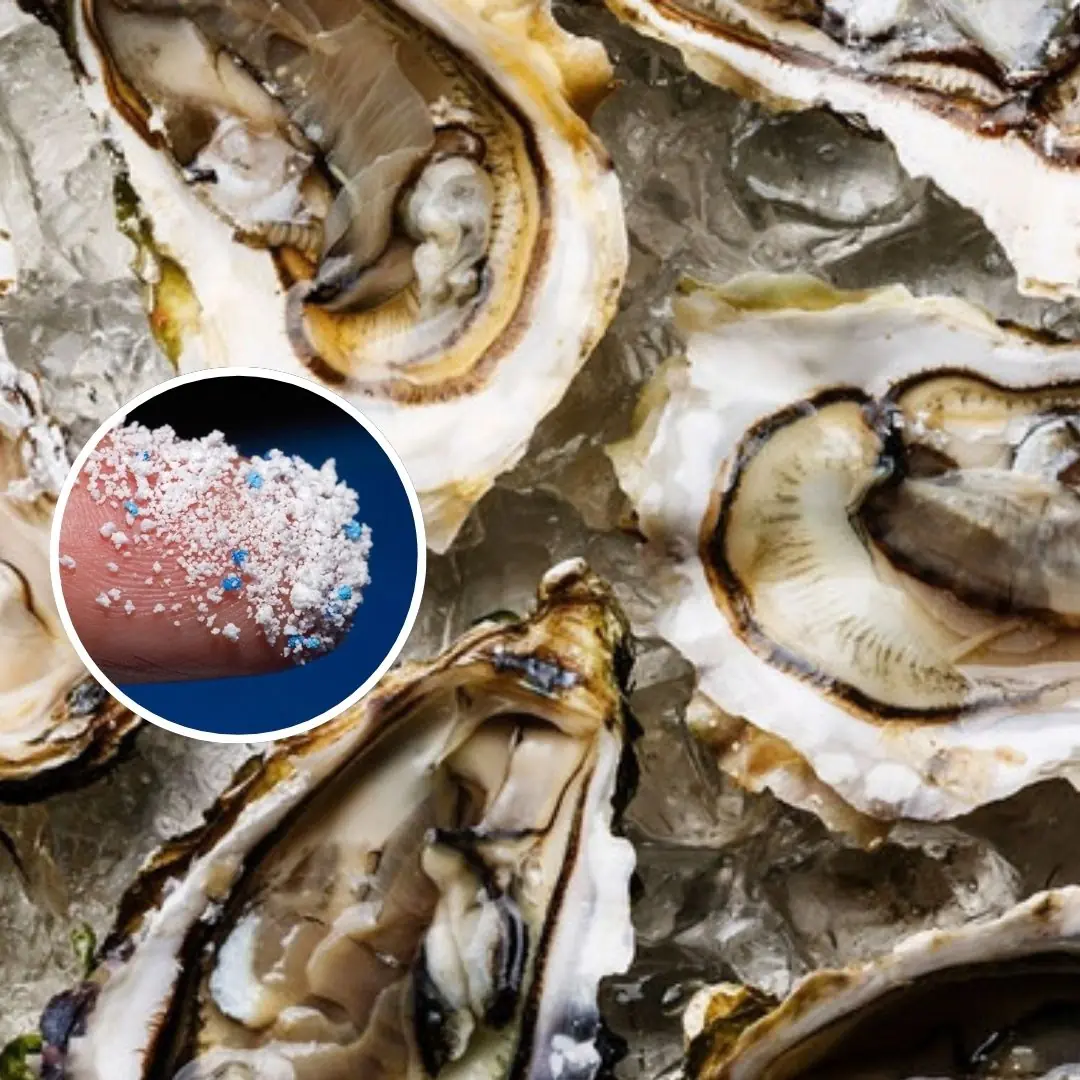
Top 2 types of seafood at the top of the list of microplastic contamination, but people still eat them every day

Gassier at Night? Here’s Why (and What To Do About It)

What is myasthenia gravis and what are its symptoms?
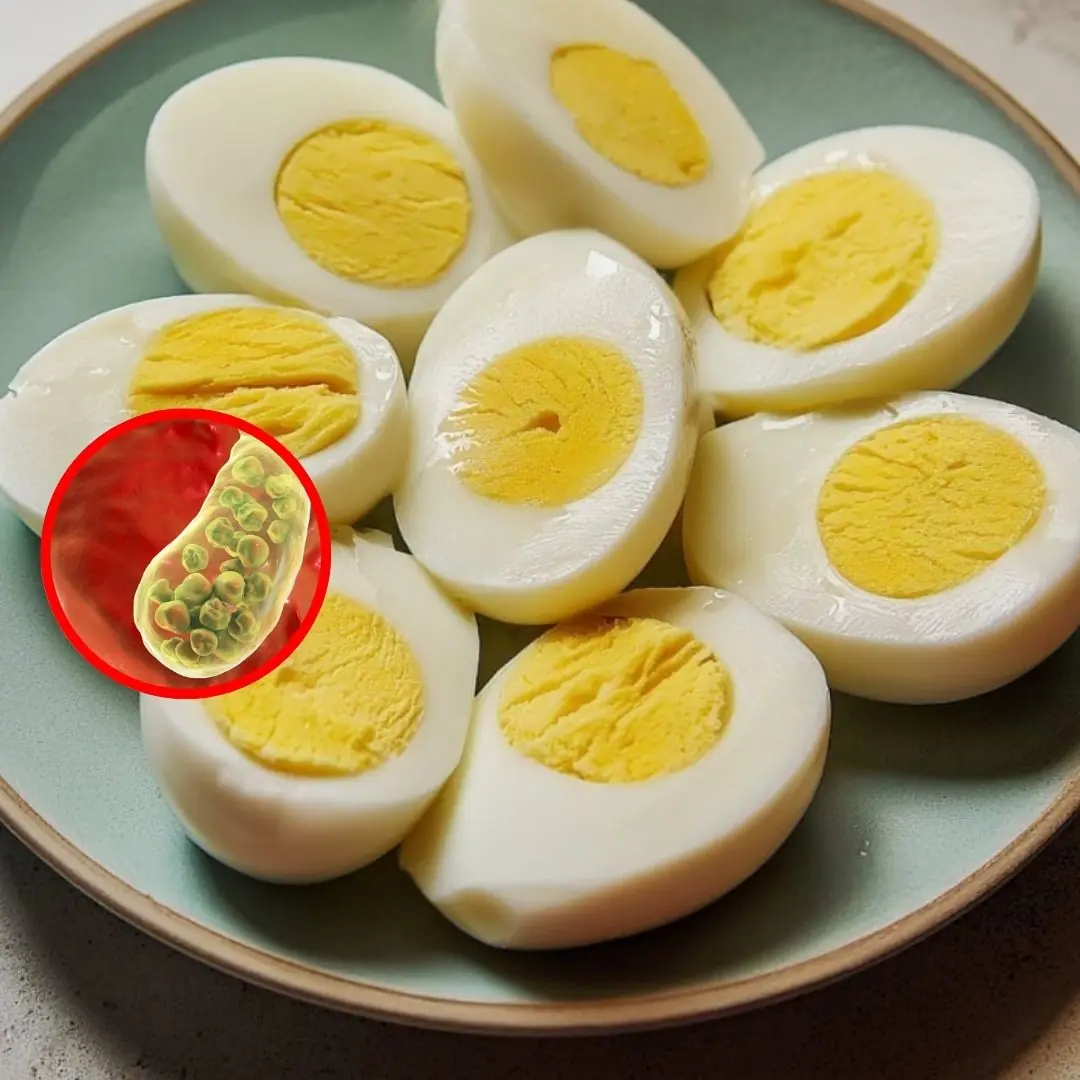
Eating chicken eggs is harmful to these 5 groups of people

WARNING: These 3 signs on the shoulder are signs of malig:nant tum:ors, even can:cer, do not ignore them
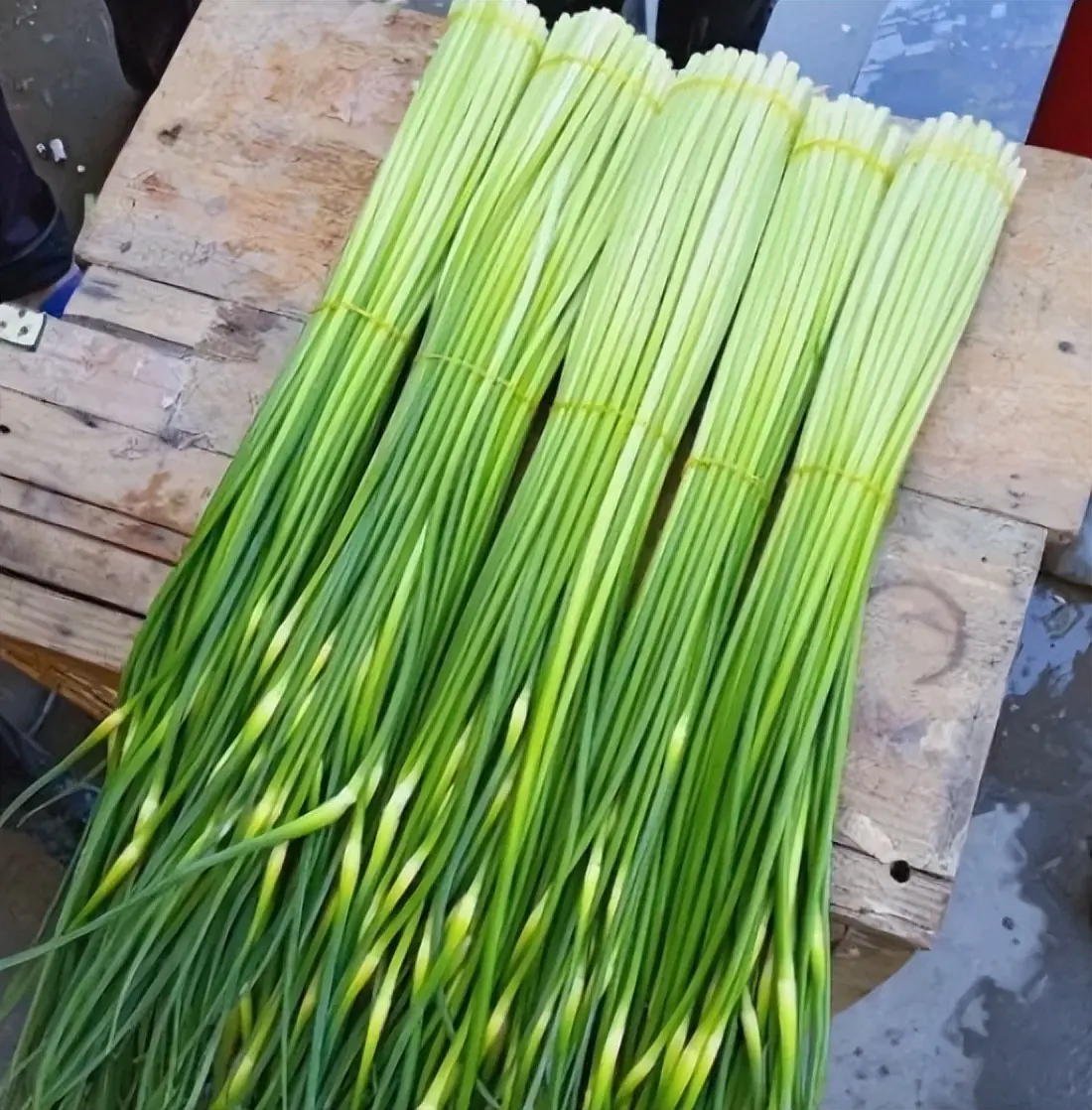
4 Vegetables Easily “Treated” with Chemicals
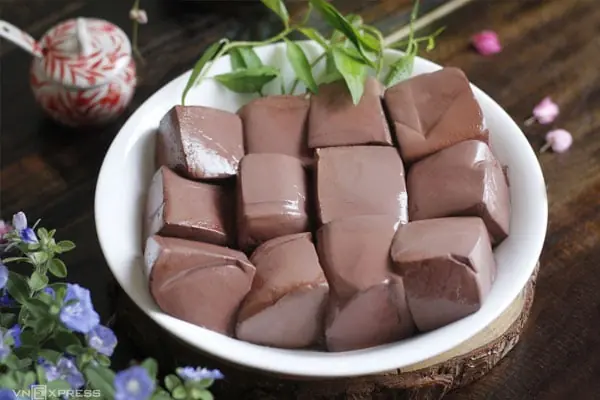
The Part of the Pig Often Dismissed as “Dirty” and Thrown Away: Turns Out It’s a “Miracle Food” with 10 Times More Iron Than Meat

An 8-Year-Old Girl Complained of “Sto.mach Pain” Every Friday Afternoon

Eating Eggs Can Be Harmful for These 5 Groups of People: Better Stay Away!
